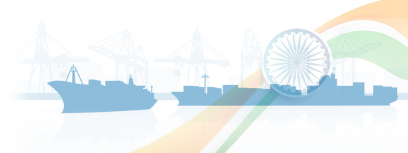At V.O. Chidambaranar Port Authority (VOCPA) in Thoothukudi, one of the key registered bunker suppliers is Indian Oil Corporation Ltd. (IOCL). They operate the Tuticorin IOCL Terminal, which is certified under the Directorate General of Shipping with registration number BS/2019/10.
IOCL supply Bunker fuel to ships calling VOCPA through pipelines at dedicated berths or using a bunker barge—a specialized vessel that carries marine fuel available 24×7 bunkering operations, enhancing fuel supply efficiency for vessels. This operation typically occurs either offshore (ship-to-ship) or at port, depending on logistics and vessel schedules.
Bunker Fuel Supply Methods
Ships receive fuel through two primary modes:
1. Pipeline Supply at Dedicated Berths
-
Fuel is transferred directly from shore-based storage tanks via pipelines.
-
Common at major ports with fixed infrastructure.
-
Ideal for large vessels docked at terminals.
-
Offers high flow rates, minimal risk of spillage, and better control.
2. Bunker Barge Supply (Ship-to-Ship or Portside)
-
A bunker barge is a floating fuel station that carries marine fuel.
-
It moors alongside the receiving vessel and transfers fuel via flexible hoses.
-
Enables offshore bunkering (anchorage or en route) and portside refueling.
-
Offers 24×7 operational flexibility, especially useful when berths are occupied or unavailable.
3. Operational Efficiency & Scheduling
-
Bunkering is scheduled based on voyage plans, fuel consumption estimates, and port logistics.
-
Ship-to-ship bunkering reduces turnaround time by avoiding port docking.
-
Dedicated berths ensure faster and safer fuel transfer for high-volume operations.
4. Safety & Compliance
-
Operations follow MARPOL Annex I & VI for pollution and air quality standards.
-
Fuel quality is verified via sampling and Bunker Delivery Notes (BDN).
-
Emergency protocols and SOPEP kits are mandatory during bunkering.







